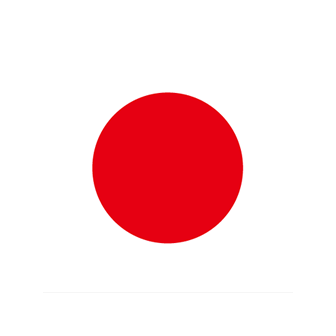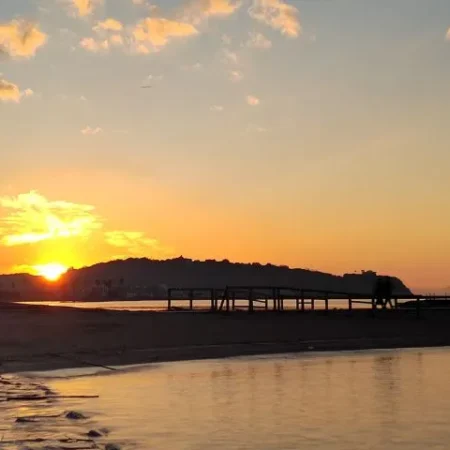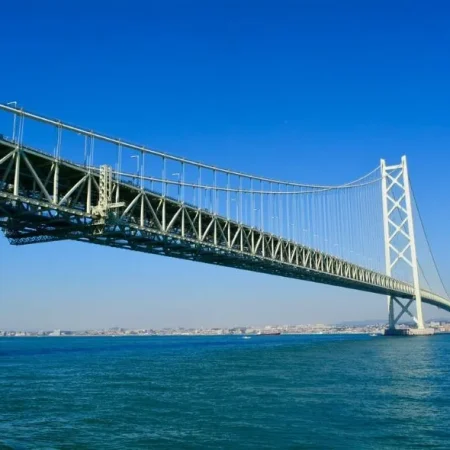On Awaji Island in Hyogo Prefecture are the remains of a hilltop village known as the Gossa Kaito Iseki (Ruins) where ironware manufacturing once flourished in the late Yayoi period roughly 1,800 to 1,900 years ago. Anyone can visit this historic site to see and touch a part of Japan’s ancient past surrounded by the island’s stunning scenery for a precious experience only possible here.
Table of Contents
A village where iron tools were made in the late Yayoi period

The historic site of the Gossa Kaito Iseki (Ruins) is believed to be a village where ironware was made in the late Yayoi period (around the 1st to 2nd centuries). The area is suspected to have been a thriving hub of ironwork as 12 of the 23 building-site remains have been found to be blacksmith workshops. With more than half of the ruins identified as ironwork sites in operation for more than a century, this is truly a rare archeological find, especially considering how precious iron was in the Yayoi era.
Restoration of the forge in the pit dwelling

Among the 23 structures of the Gossa Kaito Iseki (Ruins) was a large pit-house with 10 pillars inside a 10.5m diameter space. Based on the results of archeological work, this blacksmith workshop has been restored with the efforts of local people on Awaji Island. Lined up side-by-side, the sheer scale is impressive, and the architectural techniques of the Yayoi period are astonishing.
More than 100 pieces of ironware were unearthed

Heading inside, I saw the 10 pillars amid many trees lit by faint sunlight entering from the ceiling. It felt wider than I had imagined. Below my feet, the ground clearly reddened by extreme heat, marks the evidence of a blacksmithing furnace. More than 100 pieces of ironware have been excavated nearby, as well as pedestals, anvil stones, whetstones and other stone tools used in blacksmithing.

The regular “blacksmith experience” events onsite offer a precious experience only possible in this place, a highly recommended activity to feel the unique fascination of Awaji Island.
Spectacular views beyond historic sites

Climbing the hill of the Gossa Kaito Iseki (Ruins), we reach an observation deck to imagine the view as it once may have been long ago, and a signboard outlining the course of history surrounding the Gossa Kaito Iseki (Ruins).
The view of the Gossa Kaito Iseki (Ruins) ruins from above encompasses much of the island’s beauty, from the lush greenery beyond the historic sites, to the shades of blue in the Harimanada Sea below the vast sky overhead. To enjoy stunning scenery found nowhere else but Awaji Island, this little-known spot is a hidden gem.
Watching historical site commentary videos

After an exhilirating walk around the Gossa Kaito Iseki (Ruins), stop by the exhibition room at the Gossa Kaito Iseki Base Camp to see a video made by local high school students explaining the historic site. Actual excavated ironware and stone tools allow us to see and feel the reality of what happened here, and deepens our understanding of the environment of Awaji Island in the Yayoi period. Also, as part of the Yayoi stamp rally event I received 1 of 5300 limited edition stamped cards.
Summary
If you haven’t already been, keep the Gossa Kaito Iseki in mind as one of the best kept secrets of the region to experience the unique history and natural beauty that makes Awaji Island so special.
- Address: 1395-3 Kurodani, Awaji, Hyogo 656-1601
- Phone Number: 0799-70-4217
- Hours: 09:00~17:00
- Experience Fee: Free














